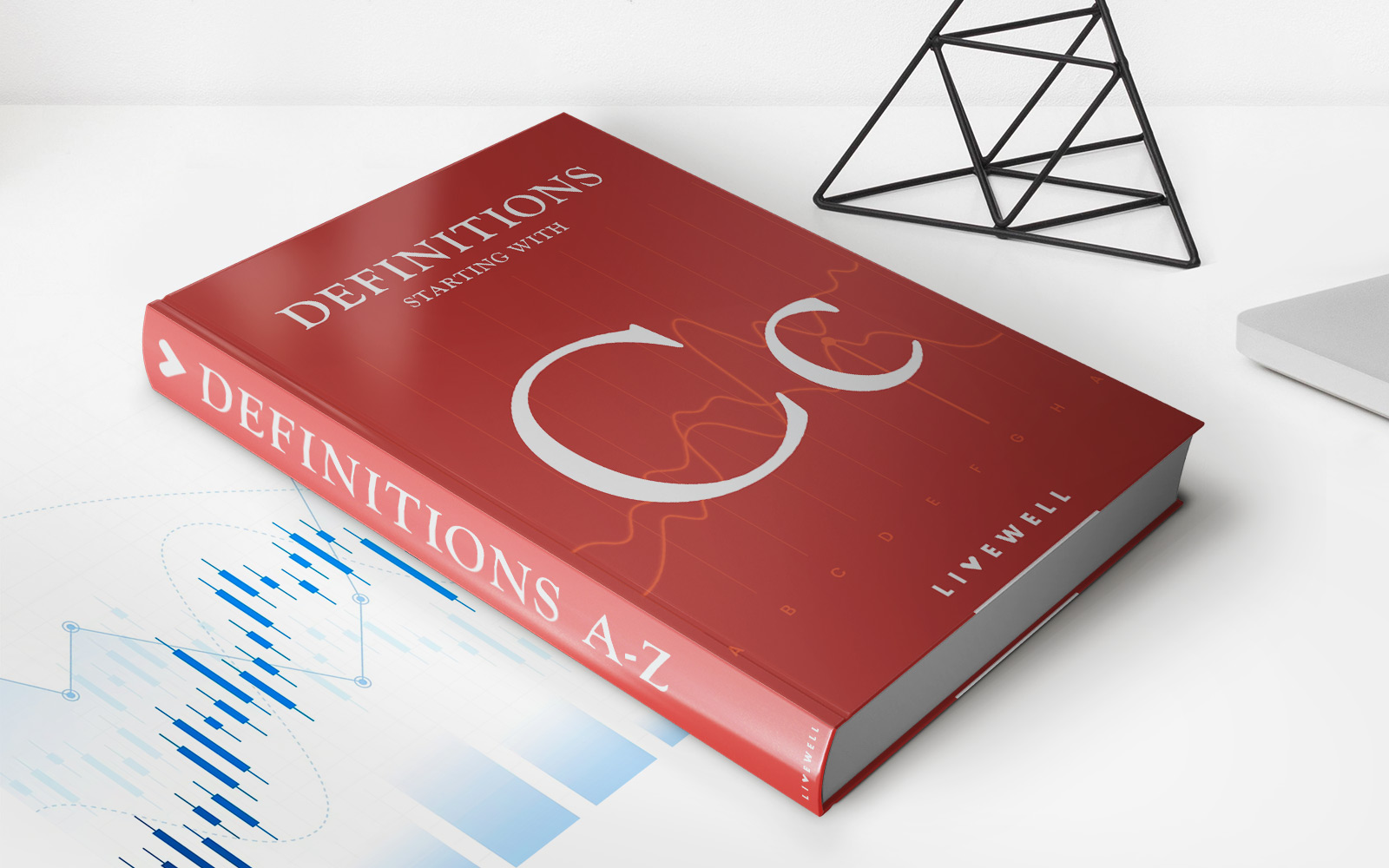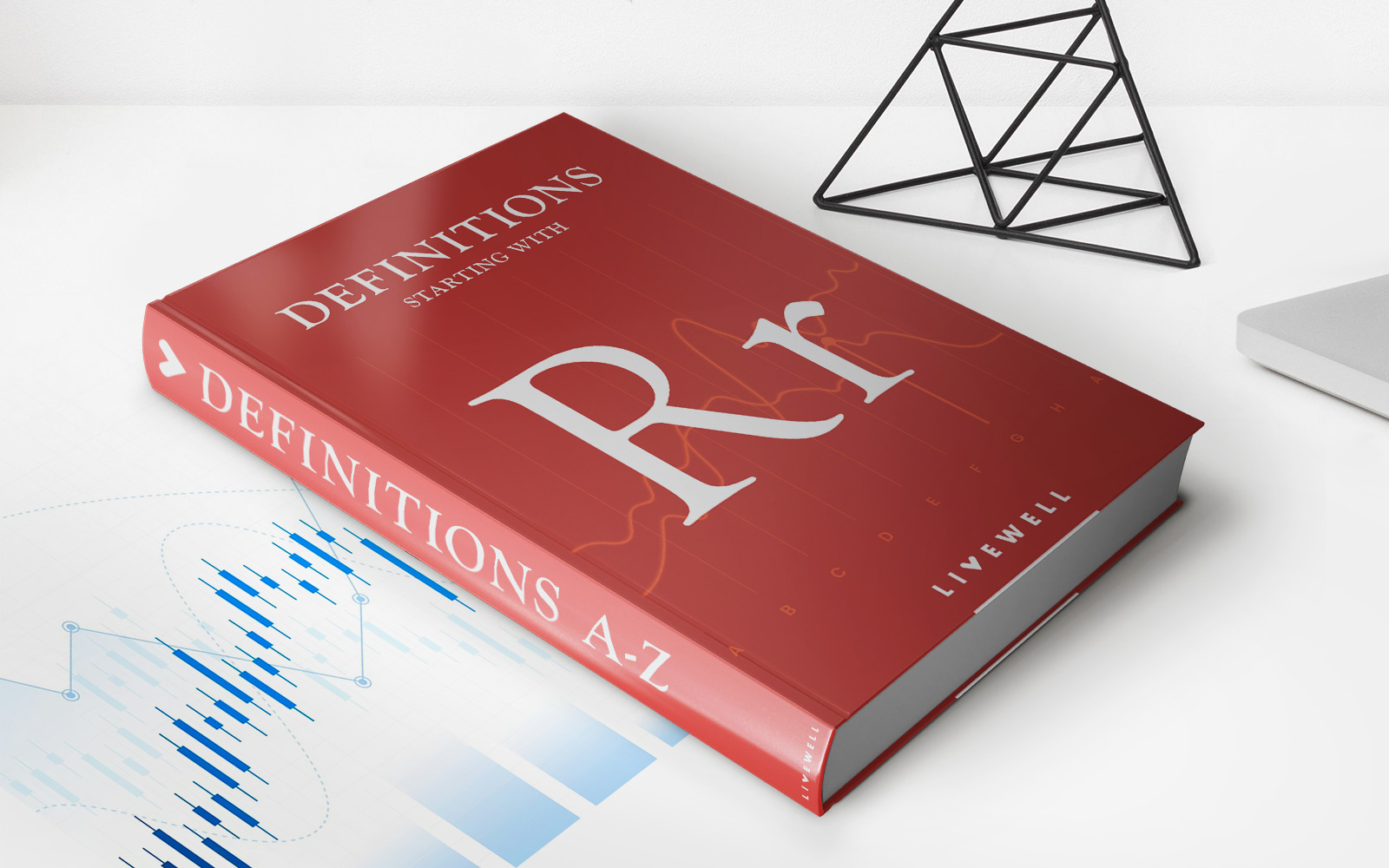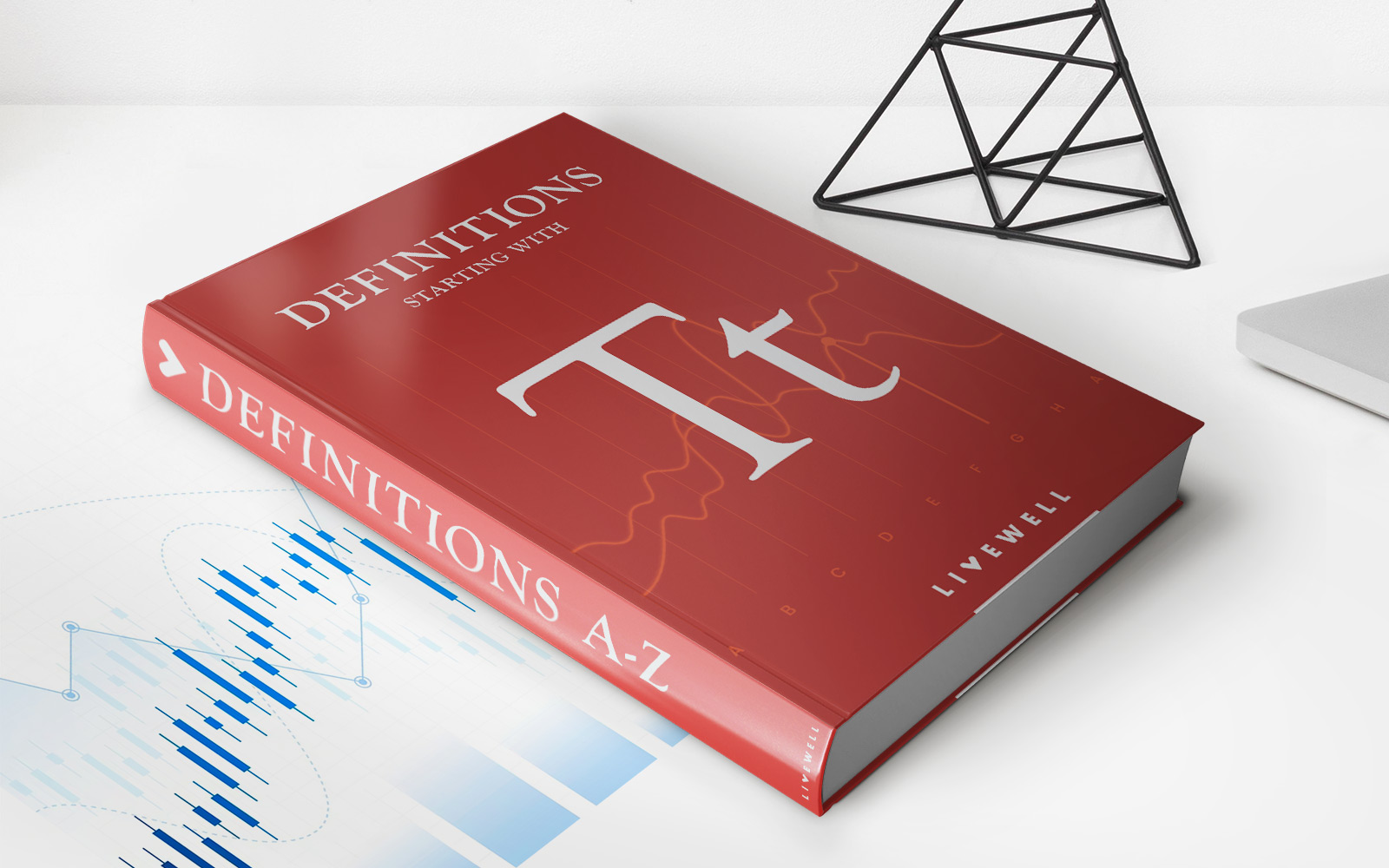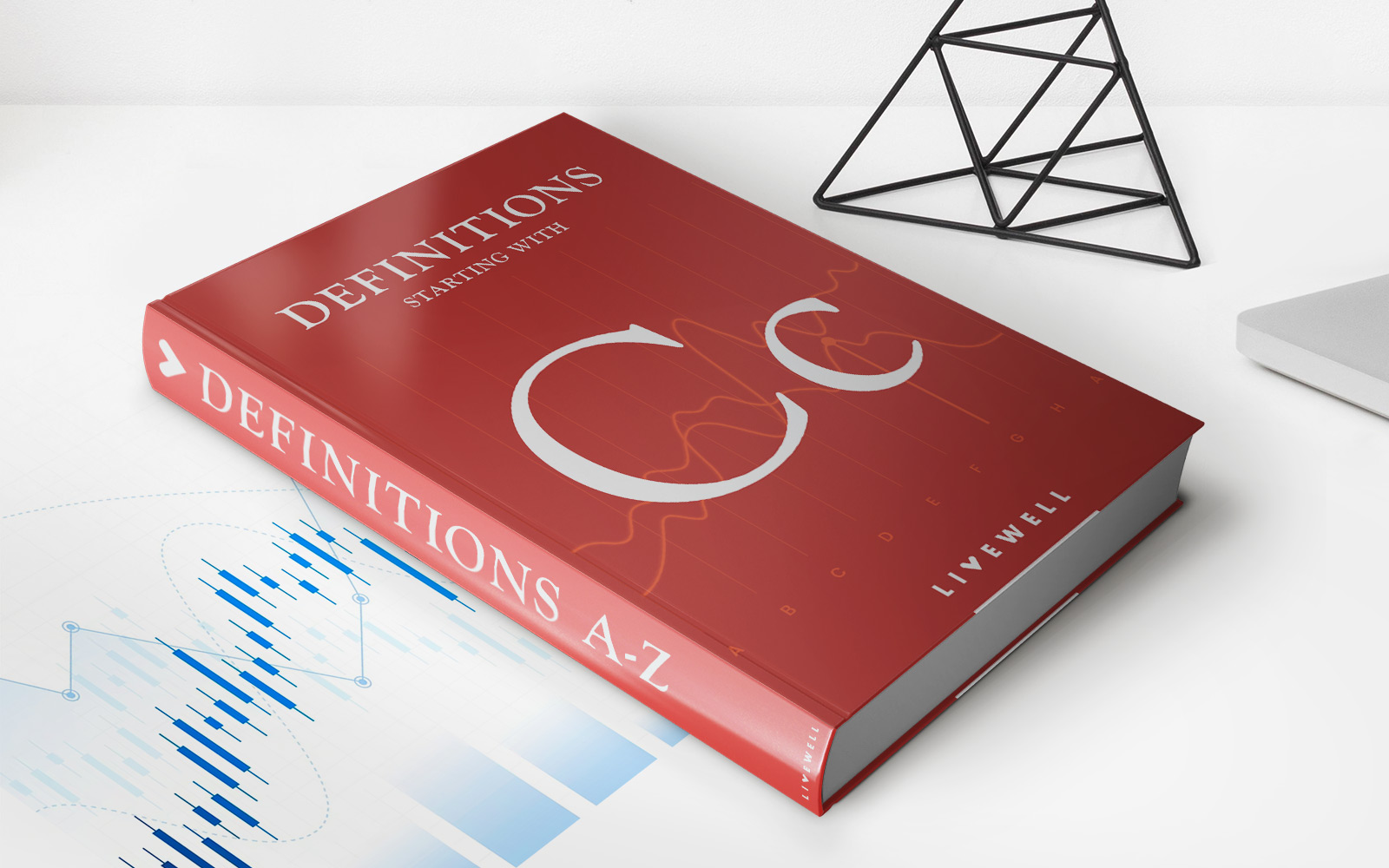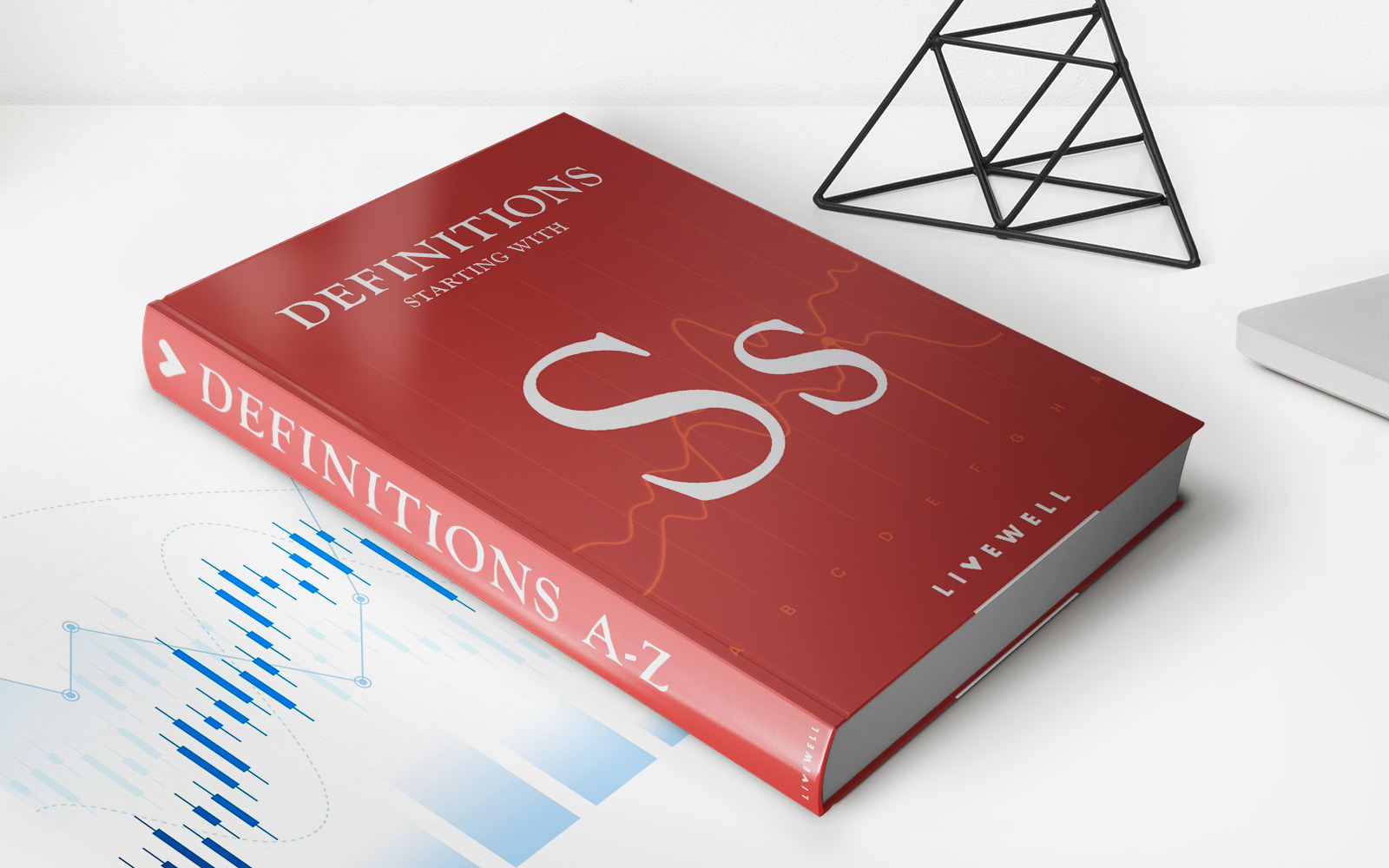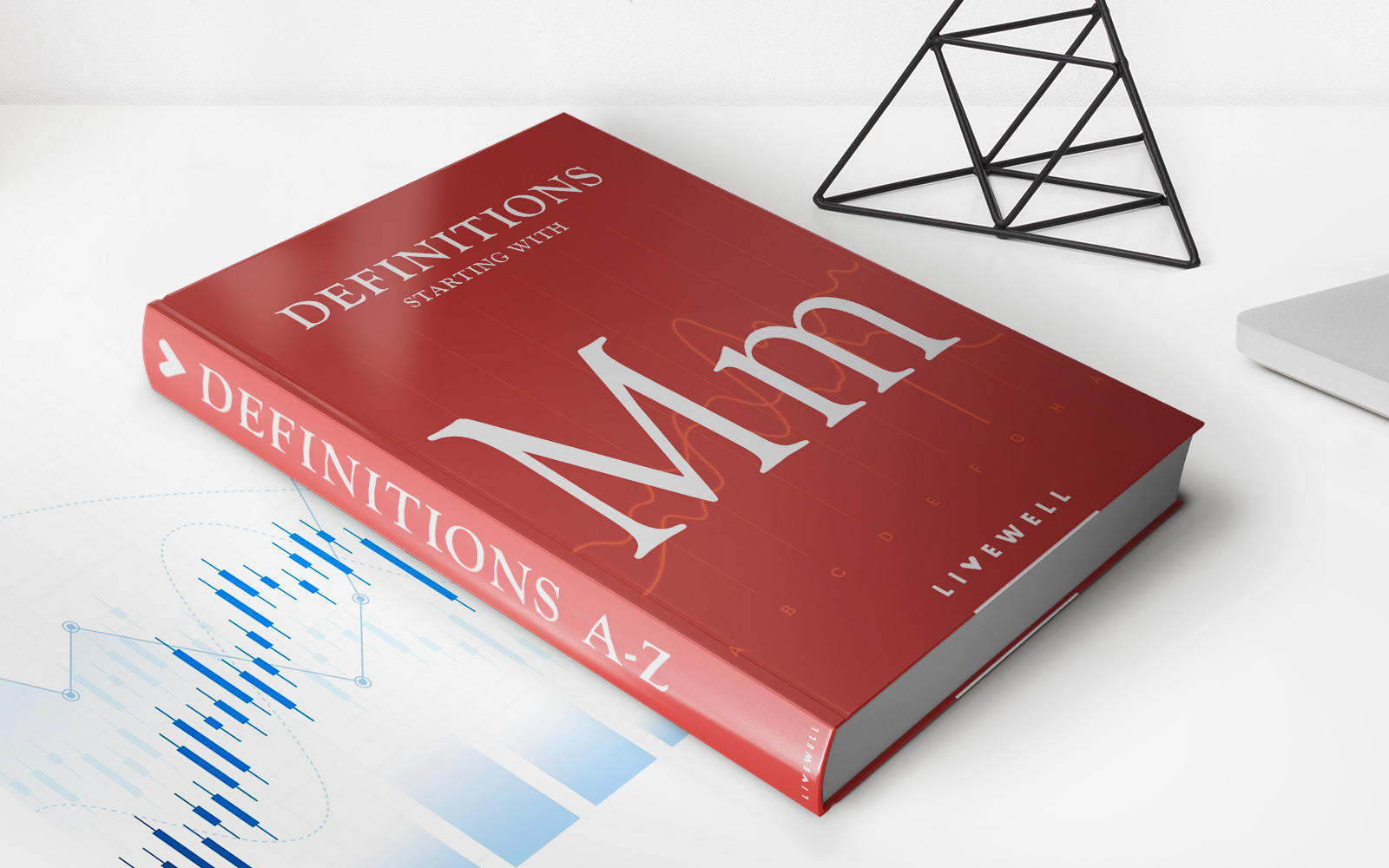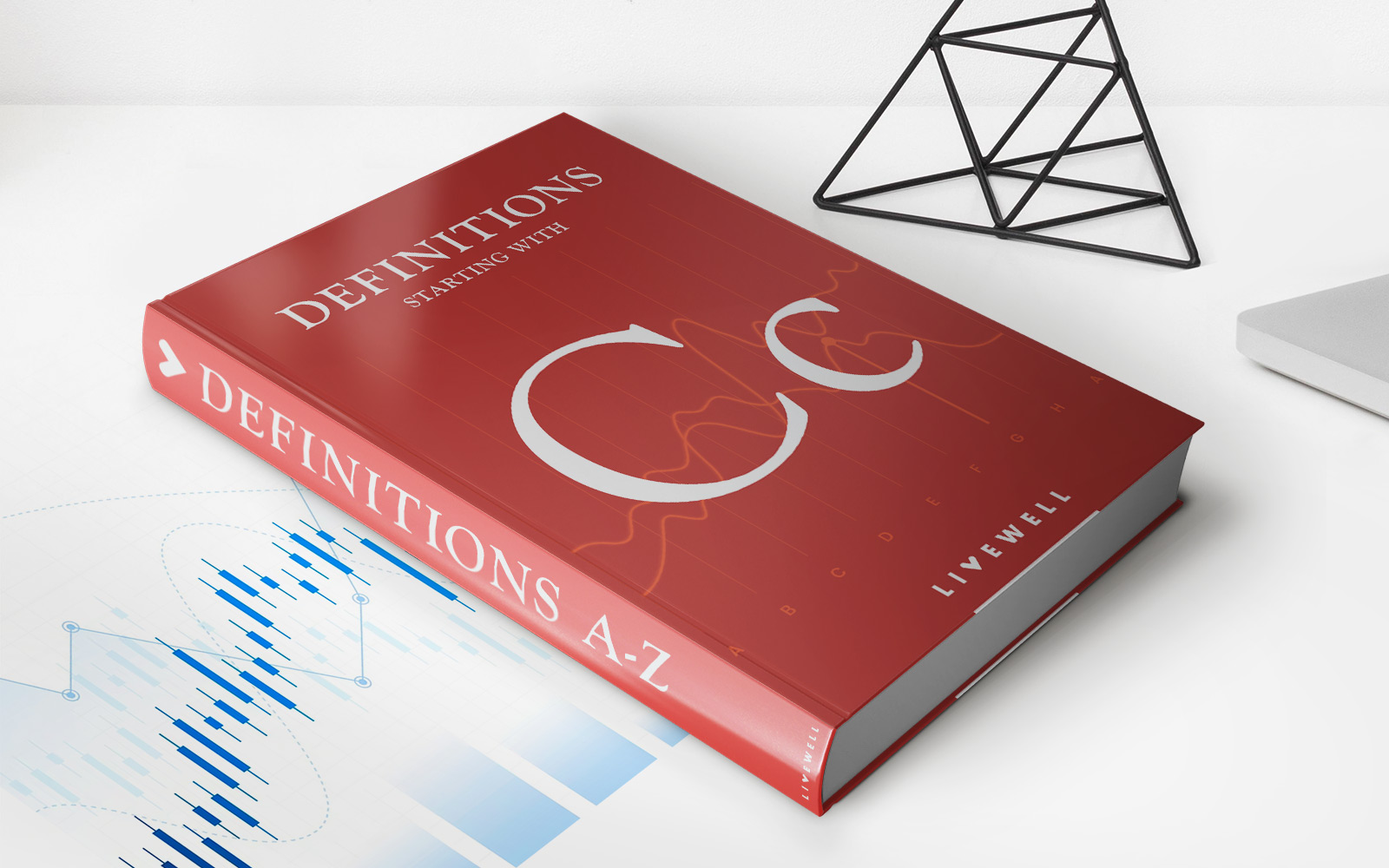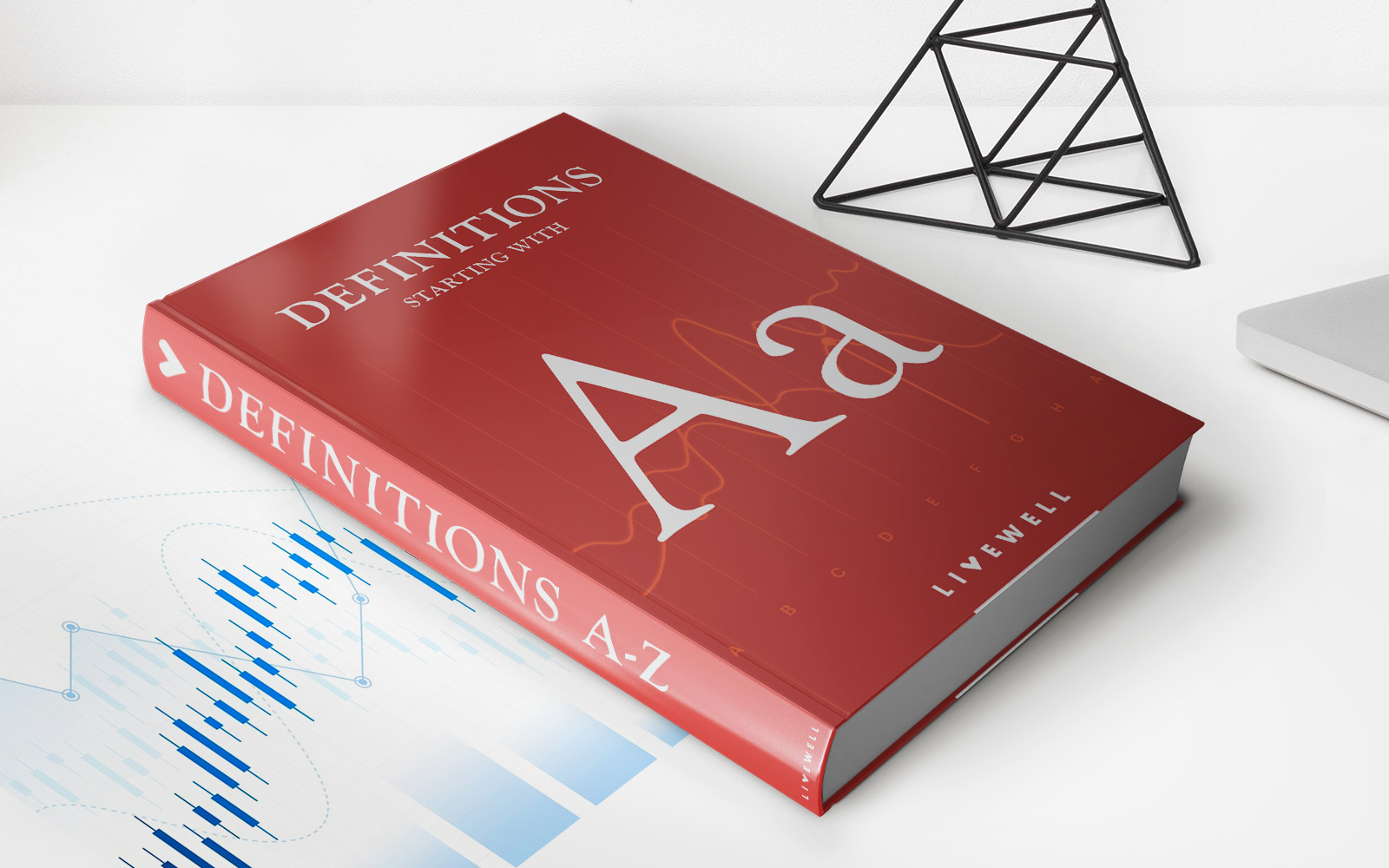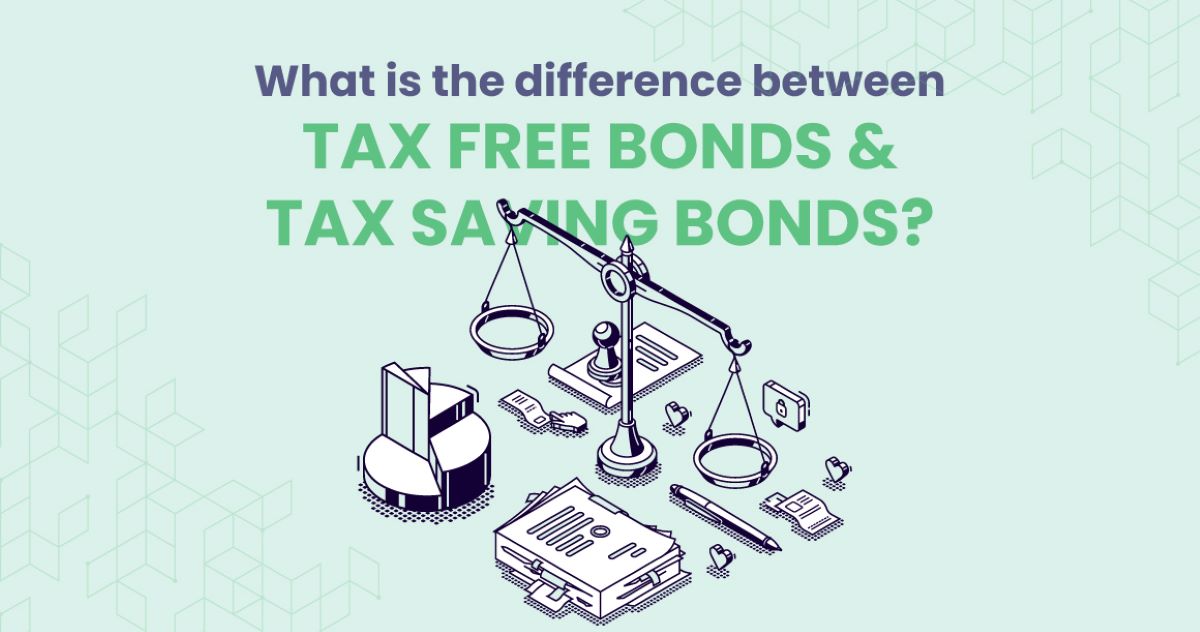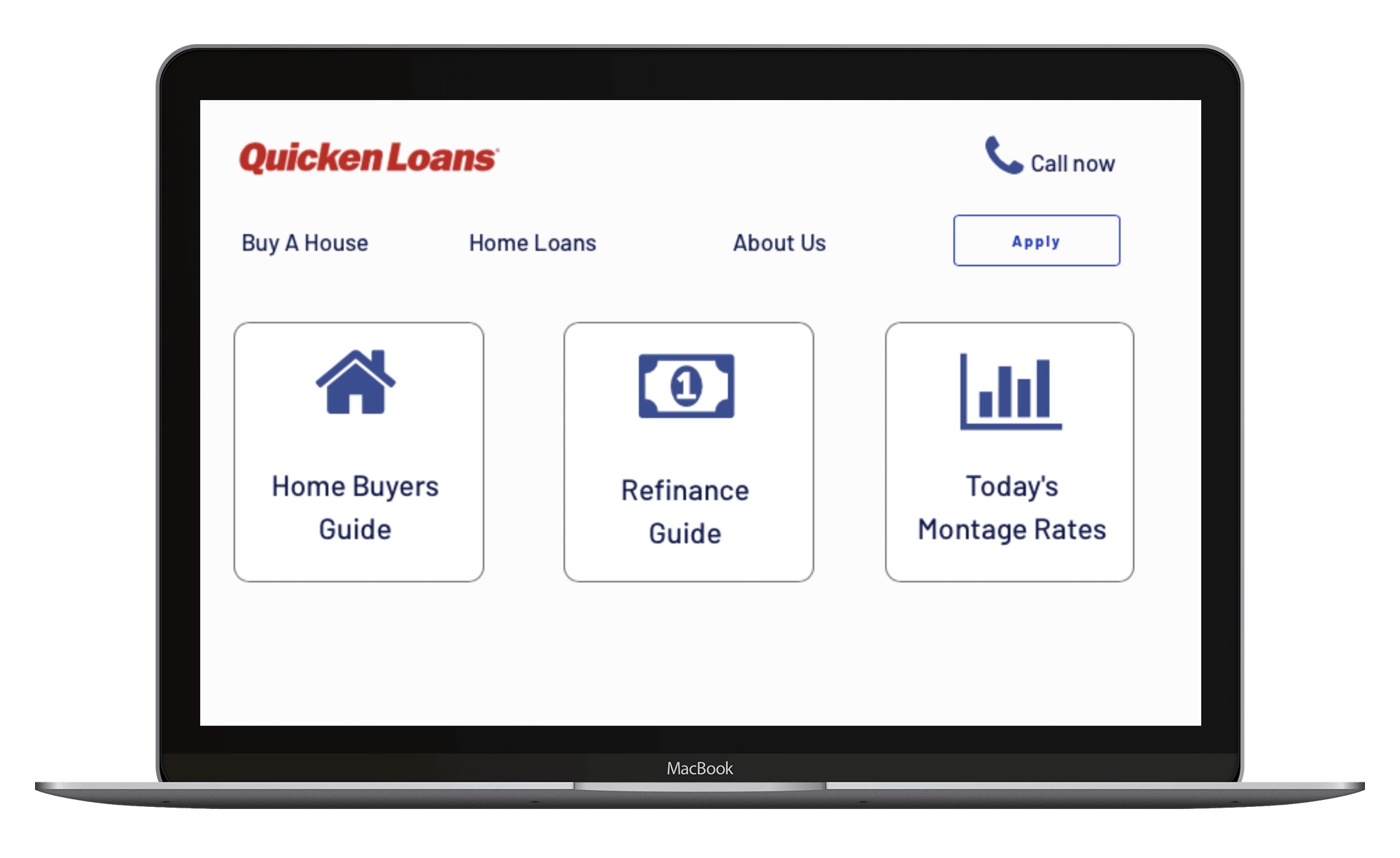Home>Finance>Currency Arbitrage: Definition, Types, Risk And Examples
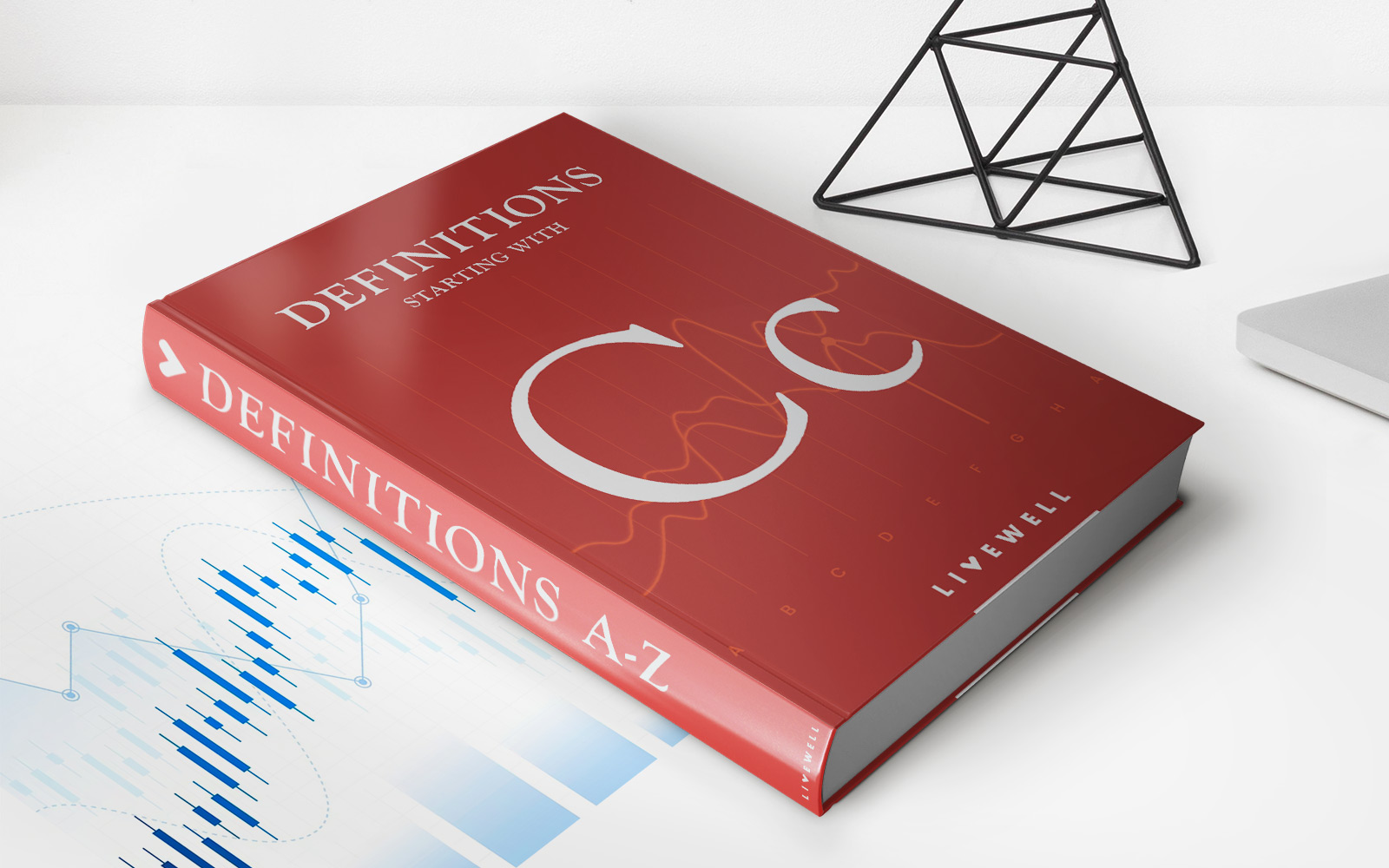

Finance
Currency Arbitrage: Definition, Types, Risk And Examples
Published: November 6, 2023
Get a comprehensive overview of currency arbitrage in finance, including its definition, types, risks, and examples. Unlock potential profit opportunities with this valuable information.
(Many of the links in this article redirect to a specific reviewed product. Your purchase of these products through affiliate links helps to generate commission for LiveWell, at no extra cost. Learn more)
Currency Arbitrage: Definition, Types, Risk, and Examples
Are you curious about how some investors make money by trading currencies? Welcome to our finance blog, where we delve into the world of currency arbitrage. In this post, we will explore the definition, types, risk, and even provide some real-life examples of currency arbitrage in action. So, let’s dive right in!
Key Takeaways:
- Currency arbitrage involves taking advantage of price discrepancies in the forex market.
- There are three main types of currency arbitrage: spatial, triangular, and covered interest rate parity.
What is Currency Arbitrage?
Currency arbitrage refers to the practice of taking advantage of price differences in different currency markets. Traders who engage in currency arbitrage buy a currency at a low price in one market and simultaneously sell it at a higher price in another market, thus profiting from the difference.
It’s important to note that currency arbitrage is only possible due to the decentralized nature of the forex market. As different markets operate in various time zones, price differences can occur during overlapping trading sessions.
Types of Currency Arbitrage:
Spatial Arbitrage:
In spatial arbitrage, traders exploit price differences in the same currency pair but across different geographical locations. For example, if the EUR/USD exchange rate is higher in one country than another, a trader can buy euros in the lower-priced market and sell them in the higher-priced market, generating a profit.
Triangular Arbitrage:
Triangular arbitrage involves taking advantage of price discrepancies between three different currency pairs. Using a series of buy and sell transactions, traders can profit from inefficiencies in the market. This type of arbitrage is complex and requires quick execution to capitalize on fleeting opportunities.
Covered Interest Rate Parity Arbitrage:
Covered interest rate parity arbitrage takes advantage of interest rate differentials between two currencies. This type of arbitrage involves borrowing money in one currency, converting it into another currency, and investing it at a higher interest rate. By doing so, traders can profit from the interest rate differential while hedging against currency exchange rate fluctuations to minimize risk.
Risks Involved in Currency Arbitrage:
While currency arbitrage can be lucrative, it is not without risks. Here are some key risks to consider:
- Execution Risk: Fast and accurate execution is crucial in currency arbitrage. Delays or errors can result in missed opportunities or losses.
- Market Risk: Currency markets are subject to volatility and fluctuations, which can affect the profitability of arbitrage trades.
- Liquidity Risk: Illiquid markets can make it challenging to execute trades at desired prices.
- Regulatory Risk: Changes in regulations or restrictions on currency transactions can impact arbitrage opportunities.
Real-life Examples of Currency Arbitrage:
Let’s take a look at a couple of real-life examples to illustrate how currency arbitrage works:
- In 2019, during the Brexit uncertainty, the GBP/USD exchange rate in London was lower than its value in New York. Traders took advantage of this price difference by buying pounds in London and selling them in New York, generating profits.
- In 1992, billionaire investor George Soros famously made a huge profit through currency arbitrage. He bet against the British pound, correctly predicting that the exchange rate would decline. Consequently, he sold billions of pounds short, leading to an unprecedented devaluation of the currency.
In conclusion, currency arbitrage presents an opportunity for traders to profit from price discrepancies in different currency markets. However, it is important to remember that it requires careful analysis, quick execution, and thorough risk management. Understanding the different types of currency arbitrage and the associated risks can help traders navigate this complex trading strategy effectively. Are you ready to explore the exciting world of currency arbitrage?
